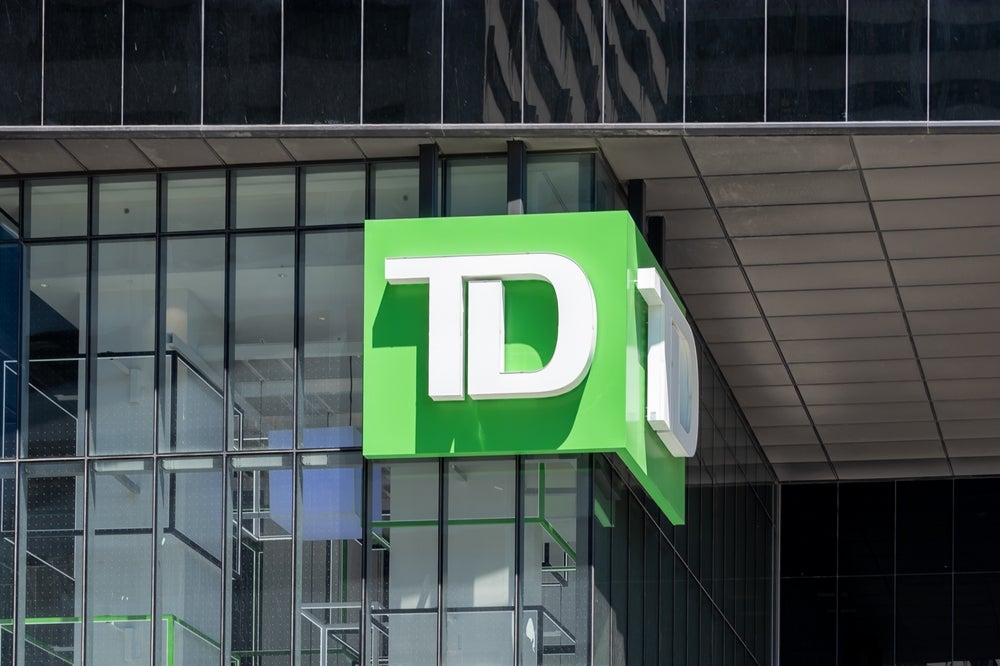return to the rip-roaring profitability that prevailed prior to
2007 and before global recession struck. This reflects deep-seated
behavioural changes as clients shift towards more risk-averse
investments, coupled with the decimation of personal wealth.
net worth assets managed by the industry, continued deleveraging by
clients and their desire for less complex, and so
lower-fee-generating products, are all hitting wealth players’
margins.
Daniel Gresch, analyst with consultants Roland
Berger, dismisses the consensus industry view that the lower funds
under management will have some effect on mid-term private banking
profitability, but earnings will revert back to normal sooner or
later.
His research shows the last time assets under
management (AuM) saw a correction – of around 10 percent – during
the dotcom bust from 1999, a 15 percent reduction in the top-line
margin and a 35 percent reduction in the pre-tax margin were
experienced across the private banking industry.
This time around, things are significantly
worse, with AuM deteriorating by around 20 percent within the space
of a year – twice as much as during the last cycle and with
consequent implications for industry profits.
Chris Wheeler, a highly-rated wealth analyst
at MainFirst Bank, is even more pessimistic, estimating about 25
percent of the $40.7 trillion of global personal wealth calculated
by the Merrill Lynch/Capgemini World Wealth Report in
mid-2008 has been snuffed out by plunging markets.
Rebuilding this wealth will take a long time
and some “major metrics” of the wealth management industry are
already changing as a result of these market upheavals and the
response of wealthy clients to the financial crisis, he says.
“The net result is that when the market
recovers, the profitability of the wealth management industry will
not return to the levels seen in 2007,” Wheeler declares.
How well do you really know your competitors?
Access the most comprehensive Company Profiles on the market, powered by GlobalData. Save hours of research. Gain competitive edge.

Thank you!
Your download email will arrive shortly
Not ready to buy yet? Download a free sample
We are confident about the unique quality of our Company Profiles. However, we want you to make the most beneficial decision for your business, so we offer a free sample that you can download by submitting the below form
By GlobalDataThe overall decline of the past year will
undoubtedly result in lower levels of inflows into the industry in
the next five years than were experienced between 2002 and 2007,
Wheeler adds.
Crucially, de-risking and de-leveraging by
clients, as they choose simple products and avoid highly-geared
investment plays, will hit the wealth business’s gross margins.
Gross margins earned on AuM have been strong in recent years, based
on high levels of transactional activity, a move into higher margin
alternative asset classes and leveraging up by clients.
All these factors are now reversing as wealthy
clients seek refuge in lower risk and plain vanilla products,
Wheeler believes. This will see gross margins decline in the short
term and when they recover, they will probably not return to 2007
levels.








